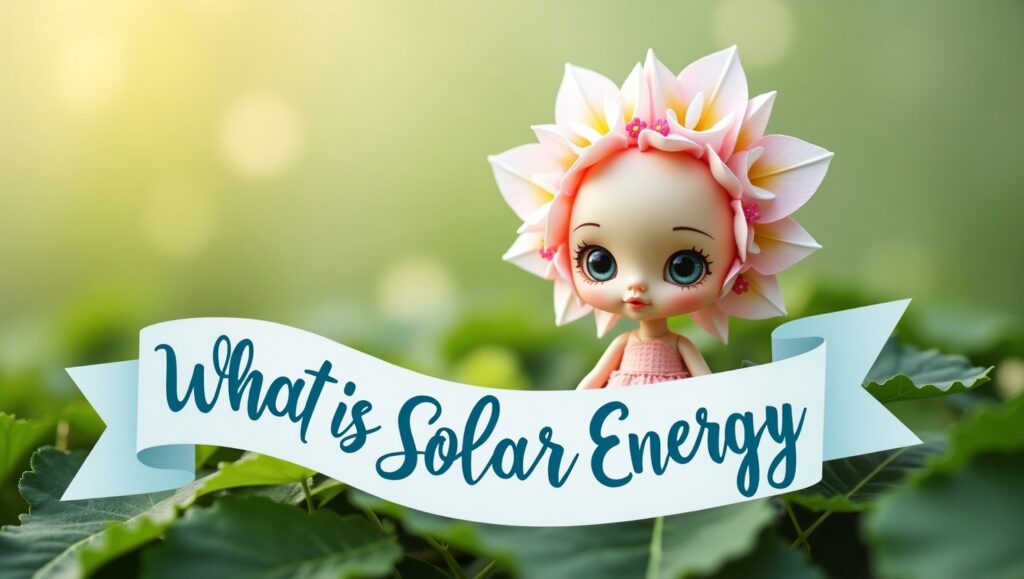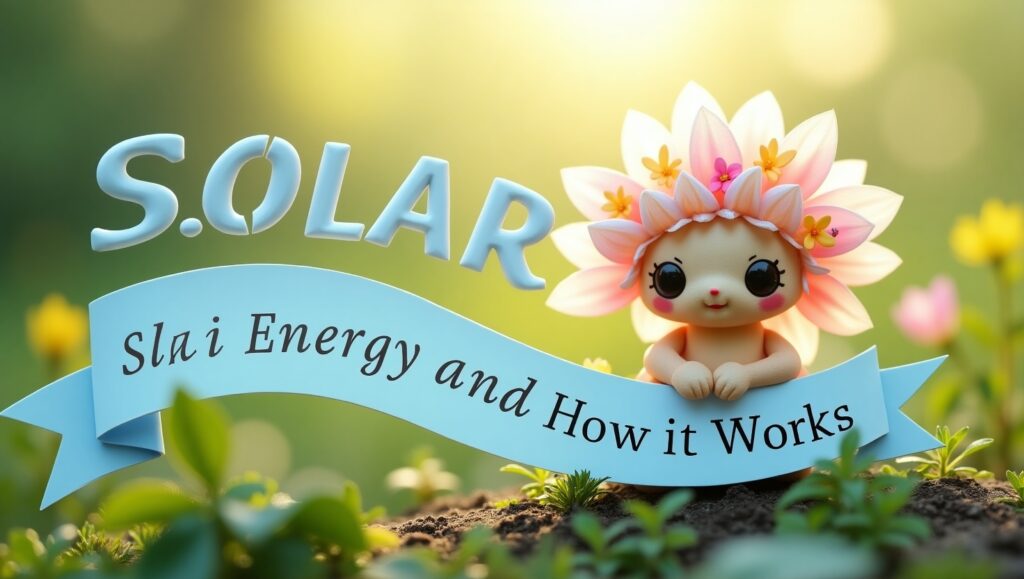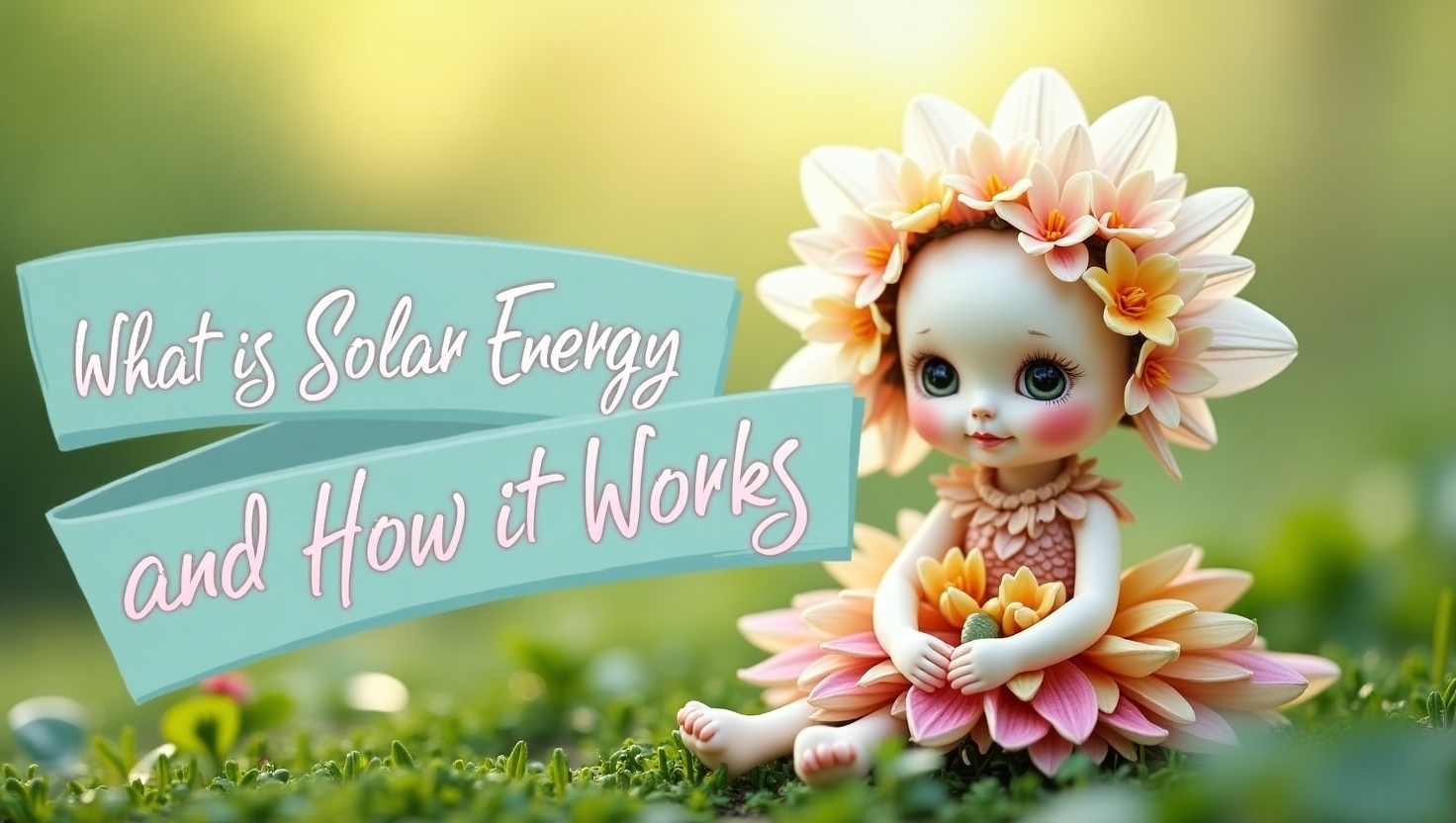One of the cleanest and most plentiful sources of renewable energy today is solar energy. You may utilize it to make power or heat because it comes straight from the sun. Solar power has become one of the best alternatives to fossil fuels as the globe looks for new long-lasting energy sources. But what exactly is solar energy, and how does it work?
We’ll talk about how solar energy is collected, how it’s turned into power, and why it’s a good choice for a greener future in this post.

What is Solar Energy?
Solar energy is the radiant light and heat emitted by the sun. The sun gives off enough energy every day to power the whole earth for a year. Solar photovoltaic (PV) systems and solar thermal systems are two of the most prevalent ways to use this energy.
Because the sun is predicted to shine for billions of years, solar energy is thought to be a renewable energy source. Solar energy doesn’t pollute the air like fossil fuels like coal or oil do, and it can be used almost forever.
How Does Solar Energy Work?
Let’s break down how solar energy works into easy steps:
- Solar panels catch sunlight.
The process begins with solar panels, often known as photovoltaic panels. These panels are made up of several solar cells, primarily constructed from silicon, a material that can absorb sunlight. When sunlight hits a solar cell, it pulls electrons loose from their atoms. This flow of electrons generates an electric current. This is known as the photovoltaic effect. - Conversion to Direct Current (DC)
The energy generated by solar panels is in the form of direct current (DC) power. However, most homes and appliances use alternating current (AC) electricity. - Inverter Changes DC to AC
To make the solar energy useable in homes and businesses, the DC electricity is transferred to a solar converter. This gadget transforms DC into AC electricity, which can then power lights, appliances, and other electronics. - Energy Distribution and Usage
Once converted to AC, the power can be: Used directly in your home Stored in a solar battery for later use Sent back to the grid (if your system is linked), perhaps earning credits through net metering - Monitoring Performance
Many solar systems feature a monitoring app or system that indicates how much energy is being produced and used in real-time. This helps consumers track savings and efficiency. Types of Solar Energy Systems
There are two primary types of solar energy technologies: - Photovoltaic (PV) Systems
Commonly used in households and businesses Converts sunlight directly into energy Usually put on rooftops or in open fields

Solar Thermal Systems
- Solar Thermal Systems
Uses sunlight to heat a fluid (like water) Best for heating houses, water, or creating steam for electricity production Often used in large-scale power plants Benefits of Solar Energy
Solar energy offers a wide range of benefits, both for persons and the planet: - Eco-Friendly
Solar electricity doesn’t produce greenhouse gases or air pollution. It helps lower your carbon footprint and battle climate change. - Reduces Electricity Bills
By generating your own electricity, you can considerably cut your monthly utility expenditures. - Low Maintenance
Solar panels require low maintenance and can last 25 years or more. - Energy Independence
Relying on solar energy minimizes dependence on imported fuels and volatile energy markets.
job creation
The solar sector creates thousands of jobs in manufacture, installation, and maintenance. Challenges of Solar Energy
Despite its many benefits, solar energy does have certain limitations: Weather Dependence: Solar panels generate less electricity on cloudy days or during the night. Initial Cost: While costs have fallen, installing a solar system can still be pricey upfront. area Requirements: Installing solar panels to meet energy needs requires appropriate roof or land area. However, with growing technology and government incentives, these hurdles are becoming easier to overcome. The Future of Solar Energy
Solar energy is developing quickly across the globe. Countries including China, the United States, and India are investing considerably in solar infrastructure. Innovations such as solar roof tiles, floating solar farms, and solar-powered vehicles are pushing the frontiers of what solar technology can do. As prices continue to drop and efficiency increases, solar energy is likely to play a big part in the future of global energy.

Conclusion
Solar energy is a powerful and sustainable solution to our expanding energy demands. By capturing the sun’s natural power, we can lessen our dependency on fossil fuels, slash electricity bills, and safeguard the environment. Whether for household use or national energy policies, solar energy provides a clean, reliable, and bright future. If you’re considering switching to solar, now is the perfect moment to examine your alternatives and join the green energy revolution. Keywords: solar energy, how solar energy works, benefits of solar power, photovoltaic system, solar panels, renewable energy, green energy, sustainable power .


